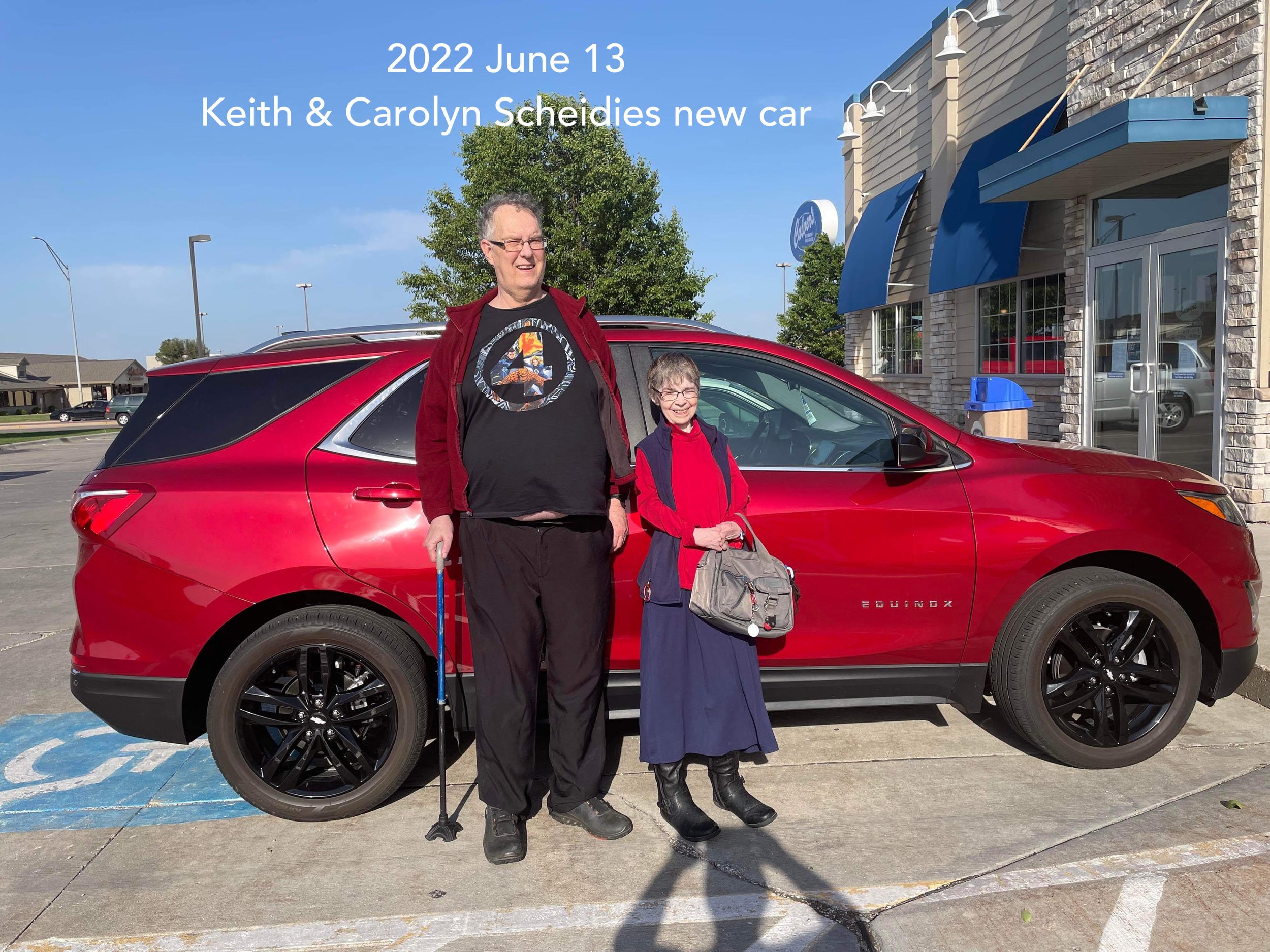What car manufacturers don’t tell you about airbags
Late January 2023 Keith and I had an accident. We were headed out of town to a funeral but were still in town. While in the intersection, a car zoomed into us too fast to even see, and then it was gone. We didn’t even see it nor did the drivers around us. The vehicle hit the passenger side door, mangling it. We spun around like a top. Frightening.
We were too shook up to respond. However, those around us jumped into action. The driver of the Allow truck pulled us out of the intersection. Others called the police and the ambulance. We hardly knew what actually happened. Keith got out of the car, leaving me inside.
The airbags had deployed against the dash. I had always been concerned an airbag would be in my face and I’d have trouble breathing. Turned out, I should have been worried for a whole different reason--something neither the government, car manufacturers nor sellers warn you about.
After deploying, the airbags deflated. That was good. However, the airbags left a white dust or powder floating in the air, whirling, and settling. Keith was outside. The doors were closed, and I was left in the car. (It wasn’t easy for me to get out and it was January.) The problem was that I no choice but to breathe in that white dust.
The more I breathed in, the less I could breathe properly. I began to feel I was choking. I couldn’t open either windows or doors myself and I tried to motion for anyone outside to open my door. Keith came and opened the door. He didn’t give me a chance to explain before he looked, assumed I was OK and closed the door as I gasped, “Don’t close the door.”
This happened with a couple of other guys the same way. It was as though I was only a minor problem. Still, opening the door for only a moment gave me breaths of fresh air. I wondered if I’d pass out from lack of oxygen. Finally, Keith heard my frantic cry when he once more opened the door. “LEAVE THE DOOR OPEN.” He did and I could breathe again.
While airbags save lives, there is a definite downside to their use that we, and especially those with respiratory problems, need to be aware of. That white powder/dust is not harmless.
The article “The Hidden Hazards of Air Gas” reports “When a crash occurs the “azide” is ignited and it decomposes to produce nitrogen gas, N2, which fills the airbag … in .025 seconds at speeds between 150 and 200 miles per hour. Extreme heat is also given off by the exothermic reaction …
Sodium hydroxide, a caustic powder, … is often found in the gas fumes that escape from the airbag as it deflates. … the “NHTSA” has found that sodium hydroxide is causing coughing fits and asthma attacks in the drivers and passengers. Rescue workers are advised to wear gloves and safety glasses and to completely ventilate the car for several minutes before entering. The excessive coughing caused by the air bag powder can also make a chest injury worse…
Emergency personnel are now treating all accidents with airbag deployments as potential brain, chest and spine damage…” http://www.scijourner.org/2010/06/22/the-hidden-hazards-of-airbags/
In one incident an engineer had an accident. The airbag deployed, but it burst sending out white powder the man inhaled. He walked away from the crash seemingly in good shape. Two months later, this otherwise healthy man was dead. His lungs had been compromised. The cause? Terence Carney, the coroner, declared the man died due to what happened during the crash—inhaling the fumes. The very thing meant to save his life, killed him. https://www.cnet.com/culture/airbag-saves-man-then-kills-him/
How do we protect ourselves and loved ones from this not-so-good side effect of airbag use? Make sure to keep kids in the back seat away from airbags. Use seat belts to distance yourself from the airbag. After a crash, if at all possible and if safe, leave the vehicle. At least open windows or doors to ventilate the interior—even if that means breaking a window.
Do we stop using airbags? No. They do save lives. But, because sometimes they also take lives, it is time for airbags to be made safer and, until that happens, use precautions, and anyone having to do with the sale or maintenance of the vehicle should let drivers and passengers know of the dangers.
© 2023 Carolyn R Scheidies
Published Hub column 7/3/23 as “Car makers don’t tell us all”
Feel free to share
